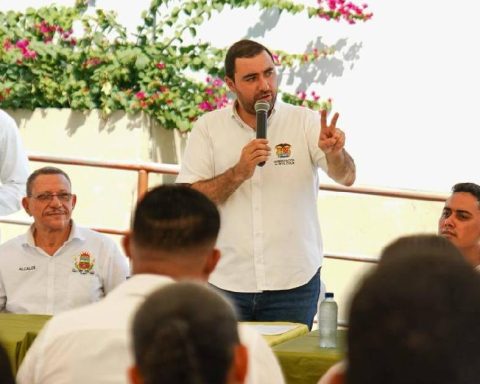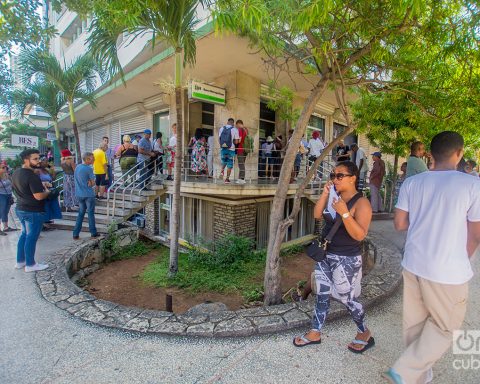The Pension Fund Administrators (AFP), Grouped in Asofondos, they raised their voices after the radiation of the pension reform. The union that brings together Colfondos, Porvenir, Skandia and Protección, presented a decalogue with the criticisms of the bill that seeks to reform the current model and introduce a system of pillars.
(See: Pension reform: the plan to increase pension coverage).
The Government’s proposal contemplates in a first pillar, which the Government has called ‘solidarity’, a coverage of $223,800 to shelter 2.59 million people over 65 and in a vulnerable condition.
The second pillar is the semi-contributory one, which will grant a life annuity to people who could not retire but who have weeks of contributions.
The third pillar, the contributory one, includes all affiliates to the system. There, Colpensiones will receive all contributions up to the first 3 minimum wages (smlmv) quoted and private funds will receive contributions that exceed 3 wages and up to 25 wages.
The last pillar, voluntary individual savings, will be for those people who have the ability to pay and can save to obtain a better pension and will go to the AFPs.
With the bill in hand, the association of private pension funds, led by Santiago Montenegro, expressed his reservations and concerns about the initiative. The first point he argued is that “With this project, young people are the biggest losers”.
According to Asofondos, the project is not designed for the long term and does not take population demographics into account either. According to Montenegro, pay-as-you-go systems are unsustainable by definition, if the demographic transition is taken into account, since the population is aging, and in the future there will be fewer and fewer contributors than pensioners.
(See: What are the pillars of the new pension reform and how do they work?).
“It is an unsustainable reform, in the medium term we will have to pay more taxes and reduce benefits such as increasing the retirement age, increase contributions or reduce the amount of pensions”, was the second argument of Asofondos. This by the same logic that the system does not take into account.
Asofondos’ third argument is that “workers will lose the right to choose which fund they want to be in.” This is because as a rule, all contributions below 3 smlmv will go to Colpensiones and from then on to private funds.
This week the National Consulting Center and Andi presented the results of a survey that showed that for 94% of Colombians the free choice of where to contribute to a pension is a right.
The fourth objection that Asofondos has with the reform has to do with the fact that “workers and their families will lose the right to inherit their savings.”
As a fifth point, the union ensures that the pension reform project “it is a blow to the savings of workers, and therefore to investment and growth of the economy”.
The sixth argument that the entity has is that “the capital market will be seriously affected by the reform”, given that the pension funds would lose around 90% of their affiliates, which takes away part of the flow of resources that they invest in the market, among other elements, in government debt bonds, or TES.
(See: “We propose a public AFP with the rules of the funds”).
To counteract this impact, the project proposes to create a ‘Savings Fund’, that would function as a special account managed by Colpensiones. Through this, according to the Ministry of Labor, the Government would seek to avoid “any impact on the stock market and acquisition of TES or public debt securities”.
“Together with the health reform, the labor reform, years of public service, this project tends to nationalize the economy”, and also points out that “It is a project that seems more appropriate to the 90s of the 20th century, like the seventh and eighth comments of the entity“.
The tax issue continues on Asofondos’ agenda of concerns, and for this reason they place it as the ninth observation. “It is essential that the interrelationships of the National Development Plan, health, labor, and pensions be studied, especially the fiscal cost of the four projects,” says the union.
(See: What are the pillars of the new pension reform and how do they work?).
The last point of the decalogue that Asofondos presented has to do with its participation in the construction of the reform, which was agreed upon in the Coordination Commission for Salary and Labor Policies, of which the union is not a part.
“We hope that, contrary to what has been done up to now, we will be given the opportunity to participate in forums and parliamentary debates and the same will be done with other organizations that were excluded,” Asofondos said.
LAURA LUCIA BECERRA ELEJALDE
Journalist Portfolio
*Portfolio is part of Casa Editorial EL TIEMPO, which in turn is part of a conglomerate of companies to which an AFP belongs.
















